11111
In the face of increasingly severe water scarcity, rainwater collection and utilization have become an important response measure. As the core link of rainwater collection and utilization, the filtration efficiency and flow rate stability of the rainwater filtration system directly affect the overall efficiency of the system. Rainwater Filter Mesh, with its unique design and material selection, can achieve efficient filtration while maintaining stable flow rate, providing a solid guarantee for the sustainable utilization of rainwater resources.
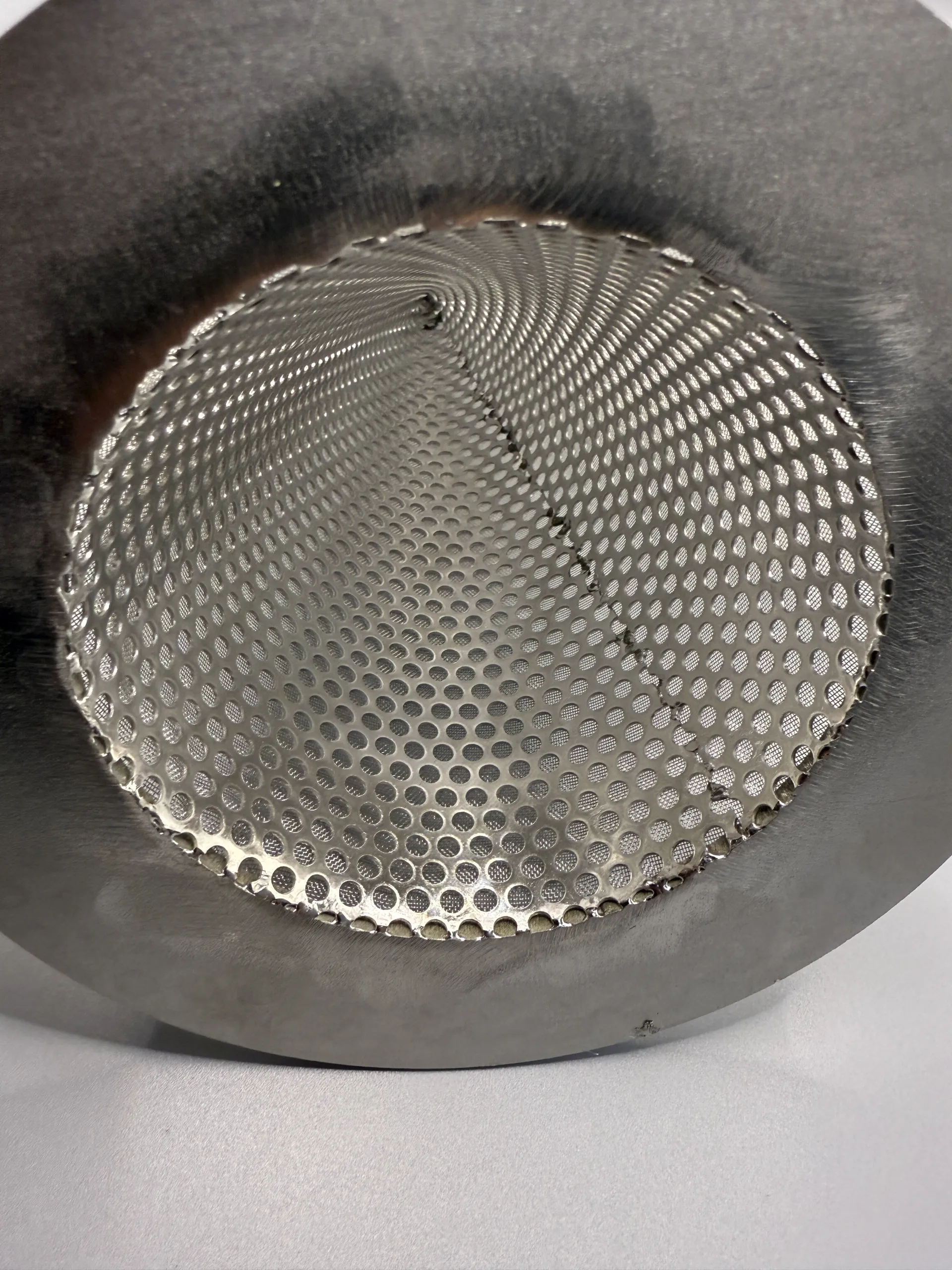
Efficient filtering is the primary function of Rainwater Filter Mesh
When rainwater flows through surfaces such as roofs and floors, it carries a large amount of impurities, including leaves, dust, particulate matter, and even animal feces. If these impurities are not effectively filtered, they will contaminate the water storage tank, affect the subsequent utilization of rainwater, and may even breed bacteria, posing a threat to health. AC filter mesh usually adopts a fine aperture design, which can effectively intercept the above-mentioned impurities and ensure that the rainwater flowing into the storage tank meets the initial cleaning standards. More advanced filters will also adopt a multi-layer filtering structure to filter impurities of different sizes layer by layer, thereby significantly improving filtration efficiency.
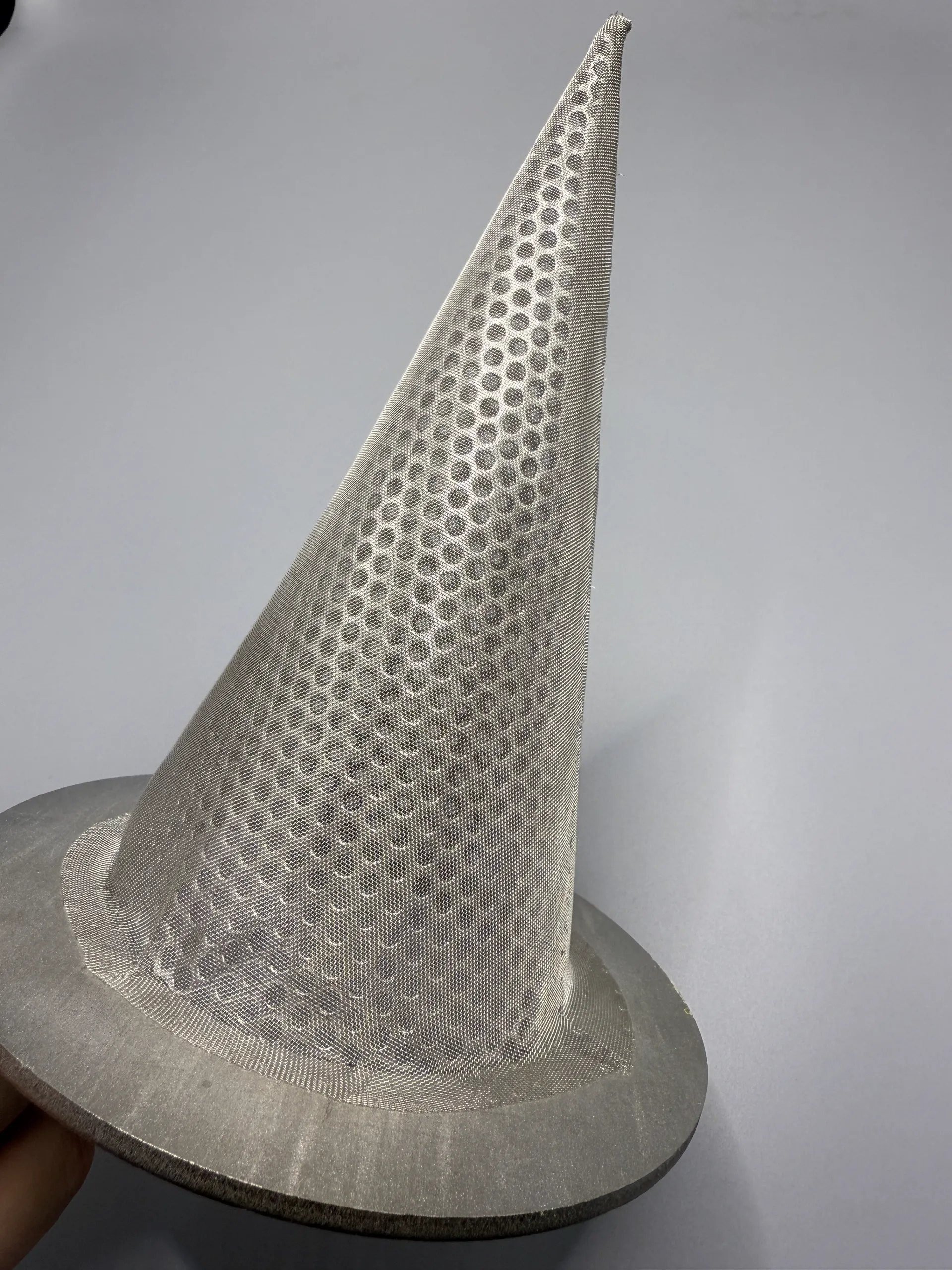
Maintaining a stable flow rate is equally crucial for Rainwater Filter Mesh
If the resistance of the filter is too high, resulting in a slow flow rate, it will affect the efficiency of rainwater collection and may even lead to rainwater overflow, causing waste. Therefore, an excellent carbon filter mesh needs to balance filtering effectiveness and flow rate. This is usually achieved by optimizing the distribution of pore sizes, selecting low resistance filter materials, and adopting self-cleaning designs. The aperture distribution needs to be accurately calculated to ensure sufficient filtering accuracy and avoid excessive resistance. Low resistance filter materials, such as certain specific polymer materials, can effectively reduce the resistance when rainwater flows through. In addition, some filters also have self-cleaning functions, such as reducing the accumulation of impurities through the flushing of water flow or the design of inclined angles, thereby maintaining a stable flow rate.
In summary, as a key component in rainwater harvesting systems, the performance of aluminium filter mesh directly affects the efficiency and quality of rainwater utilization. Through meticulous design and material selection, aluminium grease filter mesh can efficiently filter impurities in rainwater while maintaining a stable flow rate, ensuring effective collection and utilization of rainwater resources. With the continuous advancement of technology, Rainwater Filter Mesh will develop towards higher efficiency, intelligence, and environmental friendliness in the future, making greater contributions to the sustainable utilization of water resources.
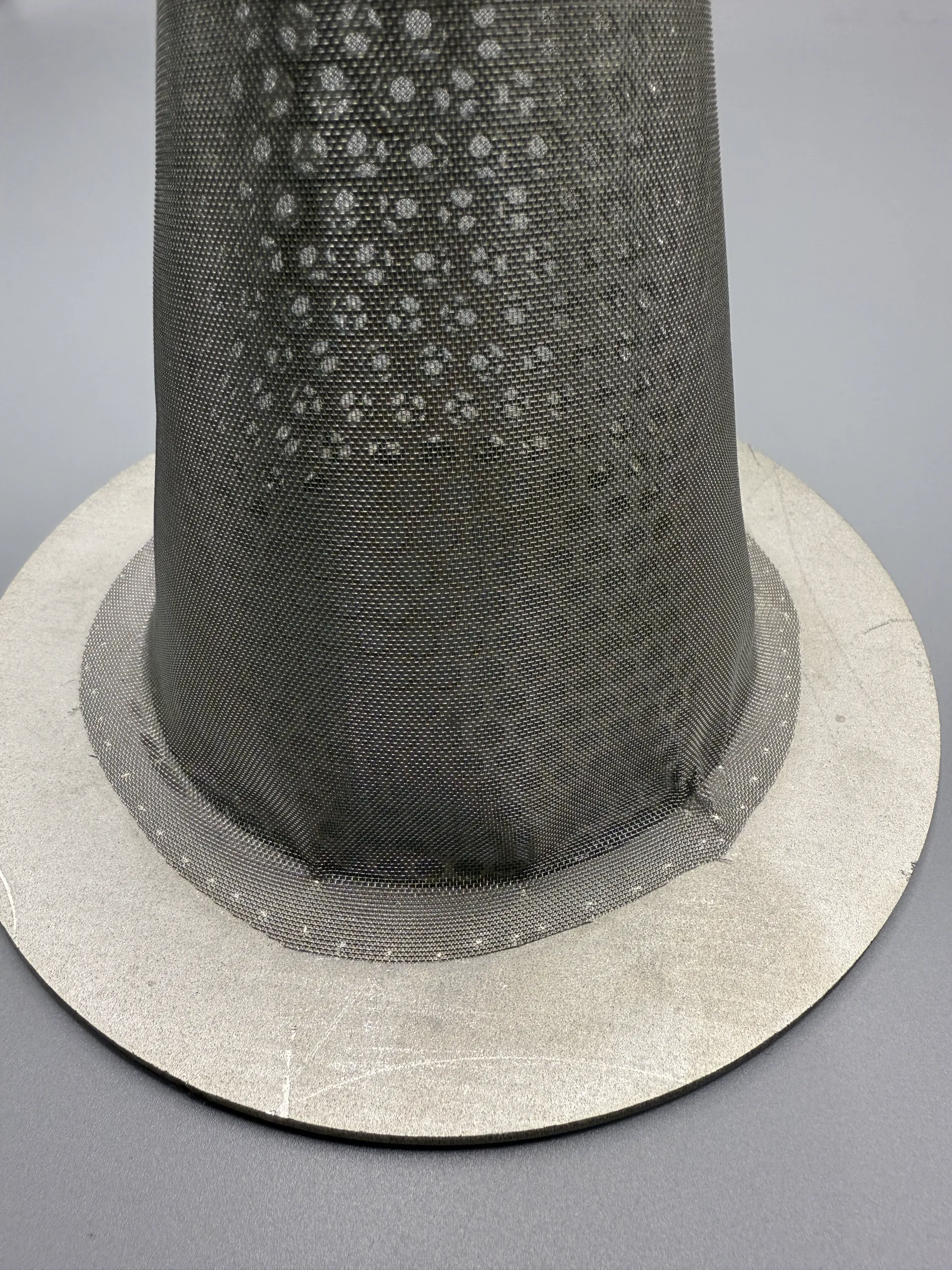
Rainwater Filter Mesh FAQs
What is Rainwater Filter Mesh?
Rainwater Filter Mesh is a filter medium designed specifically for rainwater collection systems, typically made of weather resistant materials such as stainless steel, polyester, or nylon. It has a uniform pore structure and is used to intercept impurities such as leaves and sediment, while maintaining efficient filtration and stable flow rate of rainwater, ensuring the cleanliness of subsequent storage or reuse water.
How does Rainwater Filter Mesh achieve efficient filtering and flow rate balance?
Aperture optimization: Adopting gradient filtering design (such as outer large pores intercepting leaves and inner small pores blocking fine sand) to avoid blockage or flow rate reduction caused by a single aperture.
Material selection: Stainless steel mesh (such as 316) is corrosion-resistant and easy to clean, while synthetic fiber mesh is lightweight and cost-effective.
Structural design: Tilted installation or self-cleaning surface (such as wavy mesh) to reduce impurity accumulation and maintain smooth water flow.
What are the main application scenarios of Rainwater Filter Mesh?
Roof rainwater collection system: installed at the inlet of the downspout or collection tank to prevent debris from entering the storage tank.
Ground drainage ditch: filters sediment and organic debris from surface runoff.
Green building facilities: such as rain gardens and pre-treatment filtration layers for infiltration wells.
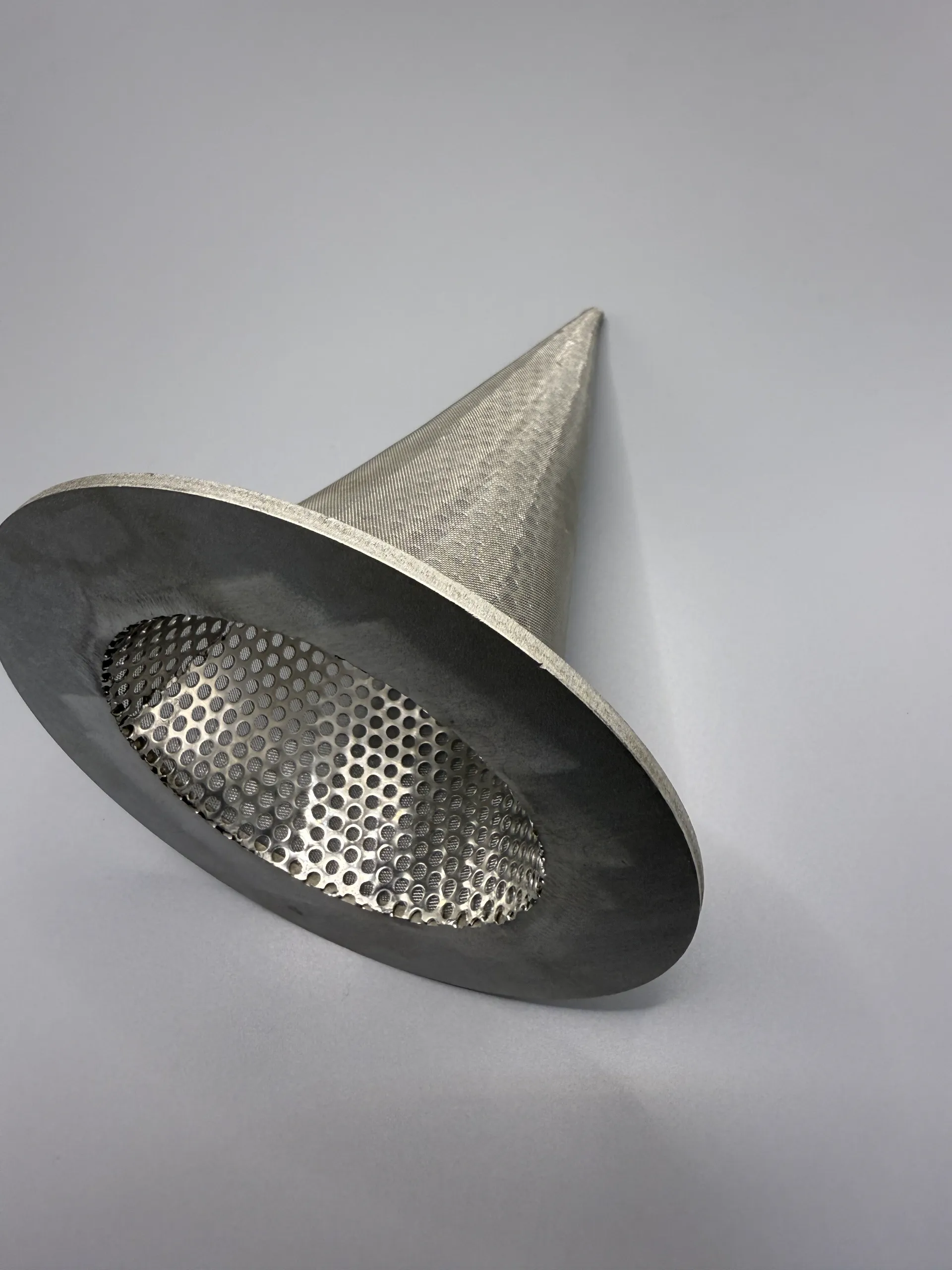
How to choose a suitable Rainwater Filter Mesh?
The following factors need to be considered:
Filtering accuracy: Typically, a 0.52mm aperture is chosen to balance impurity interception and flow rate.
Weather resistance: For long-term outdoor use, it is recommended to use stainless steel (316) or UV stable polyester mesh.
Maintenance convenience: Removable design or self flushing function (such as rotary filter) reduces maintenance costs.
What is the difference between Rainwater Filter Mesh and regular filters?
Stronger anti clogging ability: optimized for fibrous impurities (such as leaves) in rainwater, less likely to adhere.
High flow design: reduce the overflow risk in rainstorm by increasing the effective filtering area (such as multi-layer network structure).
Environmental adaptability: It can be combined with a biological filtration layer (such as activated carbon) to further purify rainwater.


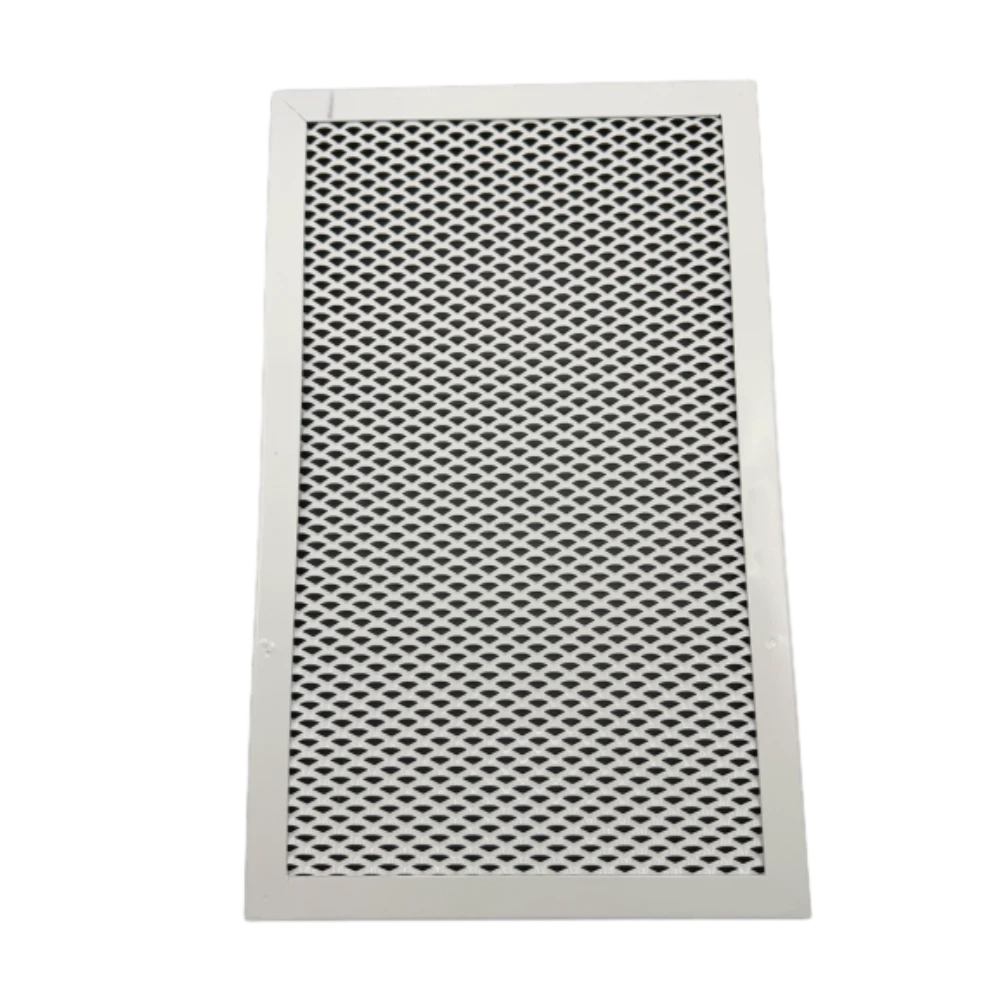
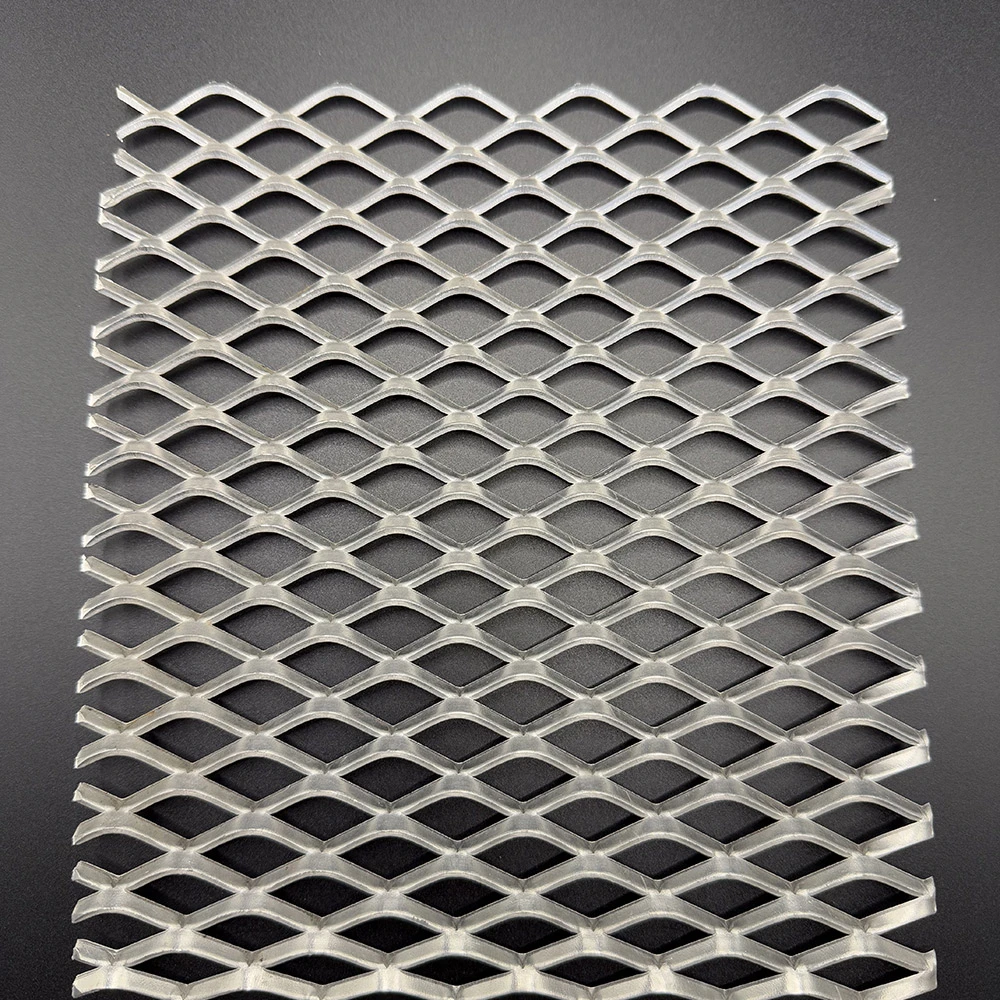
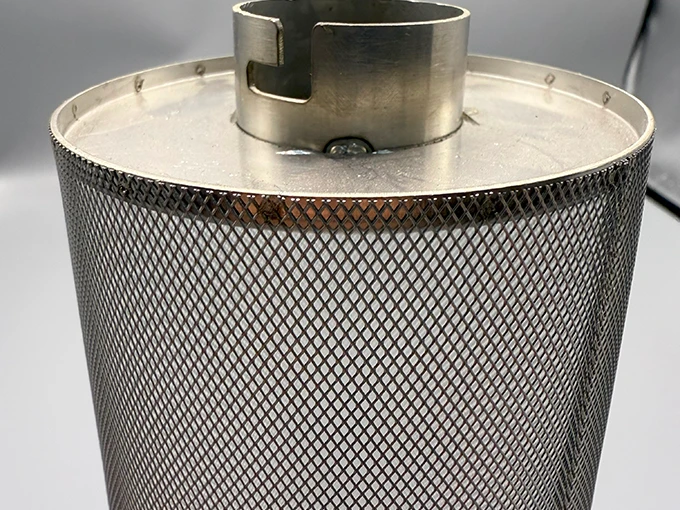
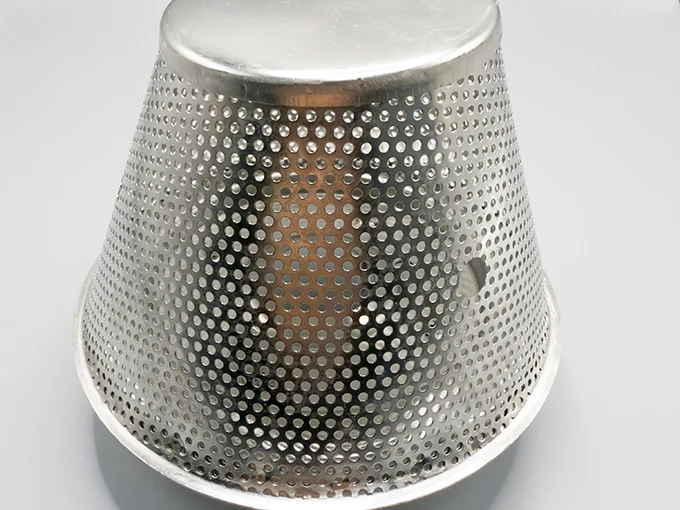














![$item[naslov] $item[alt]](https://www.ccmetalmesh.com/images/cc-7691.webp)

